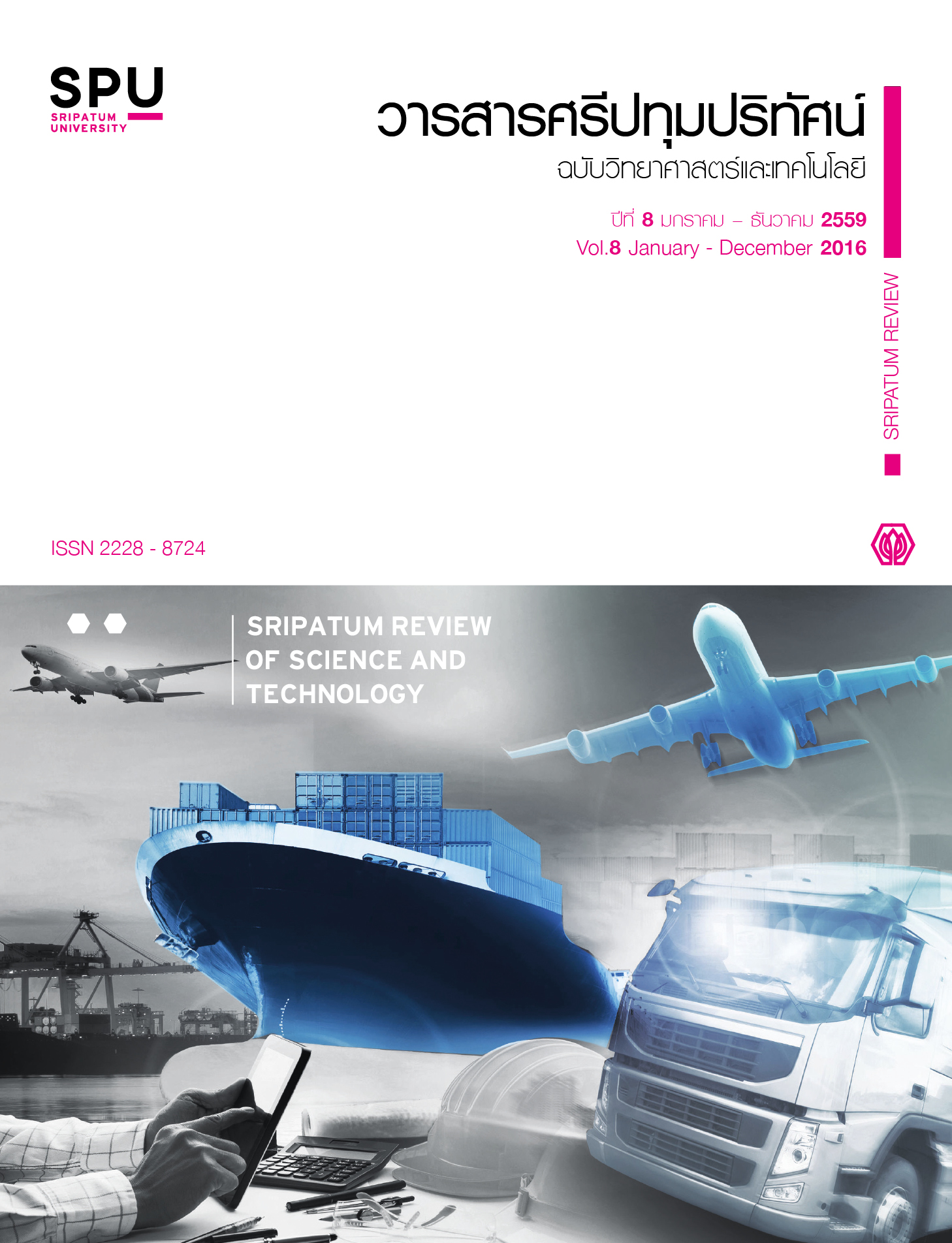APPLICATION OF ANFIS FOR EVALUATING THE STRENGTH OF THE CONCRETE ROAD DURING CONSTRUCTION
Main Article Content
Abstract
The quality of rigid pavement road during construction is an important process for construction supervision. Even though many methods have been proposed, they are based on field test (Destructive and Non-destructive) and there has not been an intelligence-based approach for predicting the quality of concrete. This paper proposes, by applying the principles of the Adaptive Neuro-Fuzzy Inference system (ANFIS), an ANFIS based approach for predicting the quality of concrete of rigid pavement. The total number of 40 examples of coring rigid pavement were acquired from the Department of Rural Roads for study in this research, 36 examples of which were used to train for construction of a new prediction model for the quality of concrete of rigid pavement. The model was then used to predict the quality of concrete of the remaining four examples. A comparison was made between the predicted results and the practical measurements. The comparison results showed that the proposed ANFIS based approach was accurate enough and could be applied for predicting the quality of concrete of rigid pavement.
Article Details
References
พยุง มีสัจ. 2552. ระบบฟัซซีและโครงข่ายประสาทเทียม. กรุงเทพมหานคร:มหาวิทยาลัยเทคโนโลยีพระจอมเกล้าพระนครเหนือ.
พราวพรรณ อาสาสรรพกิจ ฐิติพงศ์ จิระเจริญวงศ์ และ อนิรุทธ์ ธงไชย. 2554. “ปัจจัยความเสี่ยงในการบริหารโครงการก่อสร้างทางและสะพาน สำหรับผู้รับเหมาในจังหวัดเชียงใหม่”. การประชุมวิชาการวิศวกรรมโยธาแห่งชาติ ครั้งที่ 16.
พัฒนพงศ์ เฉลิมเมือง มณฑลี ศาสนนันทน์ และเสฏฐาศาสนนันทน์. 2551. “การประยุกต์ใช้ทฤษฎี ANFIS ในการวิเคราะห์ปัจจัยสำคัญสู่ความสำเร็จของกระบวนการพัฒนาผลิตภัณฑ์”. การประชุมวิชาการด้านการวิจัยดำเนินงานแห่งชาติ.
ยุพดี ปรีดีและพุธษดี ศิริแสงตระกูล. 2553. “การวินิจฉัยภาวะก่อนเบาหวานชนิด IGT โดยเทคนิคการวิเคราะห์ปัจจัยและนิวโรฟัซซีแบบปรับตัวได้”. การประชุมวิชาการนานาชาติร่วมสาขาวิทยาการคอมพิวเตอร์และวิศวกรรมซอฟต์แวร์ ครั้งที่ 7.
วินิต ช่อวิเชียร. 2539. คอนกรีตเทคโนโลยี.พิมพ์ครั้งที่ 8. กรุงเทพมหานคร: โรงพิมพ์ ป.สัมพันธ์พาณิชย์.
Askari, M., And Amir, H. Davaie Markazi. 2012. “A new evolving compact optimized Takagi-Sugeno fuzzy model and its application to nonlinear system identification.” International Journal of System Science. Sydney: Australia.4: 776-785
Bektas, Ekici B., and Aksoy, Teoman U. 2011. “Prediction of building energy needs in early stage of design by using ANFIS.” Expert Systems with Applications. NY: USA.5: 5352-5358.
Roger jang Jyh-S., 1993. “ANFIS: Adaptive-Network-based Fuzzy Inference System.” IEEE Transactions on System Men and Cybernetics. CA: USA.3: 656-685
Jin, Xiao H., 2011, “Model for efficient Risk Allocation in Privately Finance Public Infrastructure Project suing Neuro-Fuzzy Techniques.” Journal of Construction Engineering and Management. Sydney: Australia.11: 1003-1014
Sadeh ,Lotfi A., 1965. “Fuzzy sets.” Information and Control. CA: USA.3: 338-353


